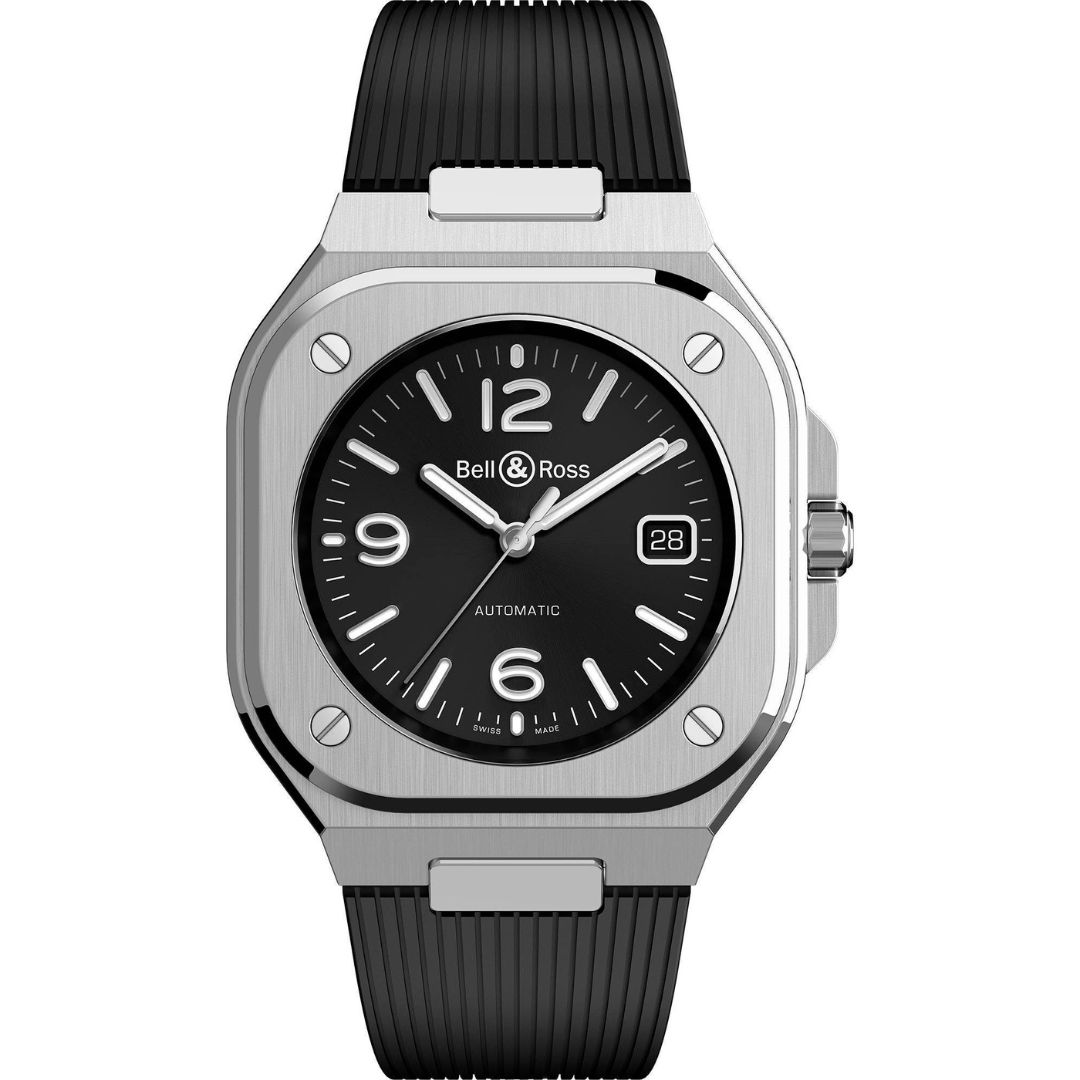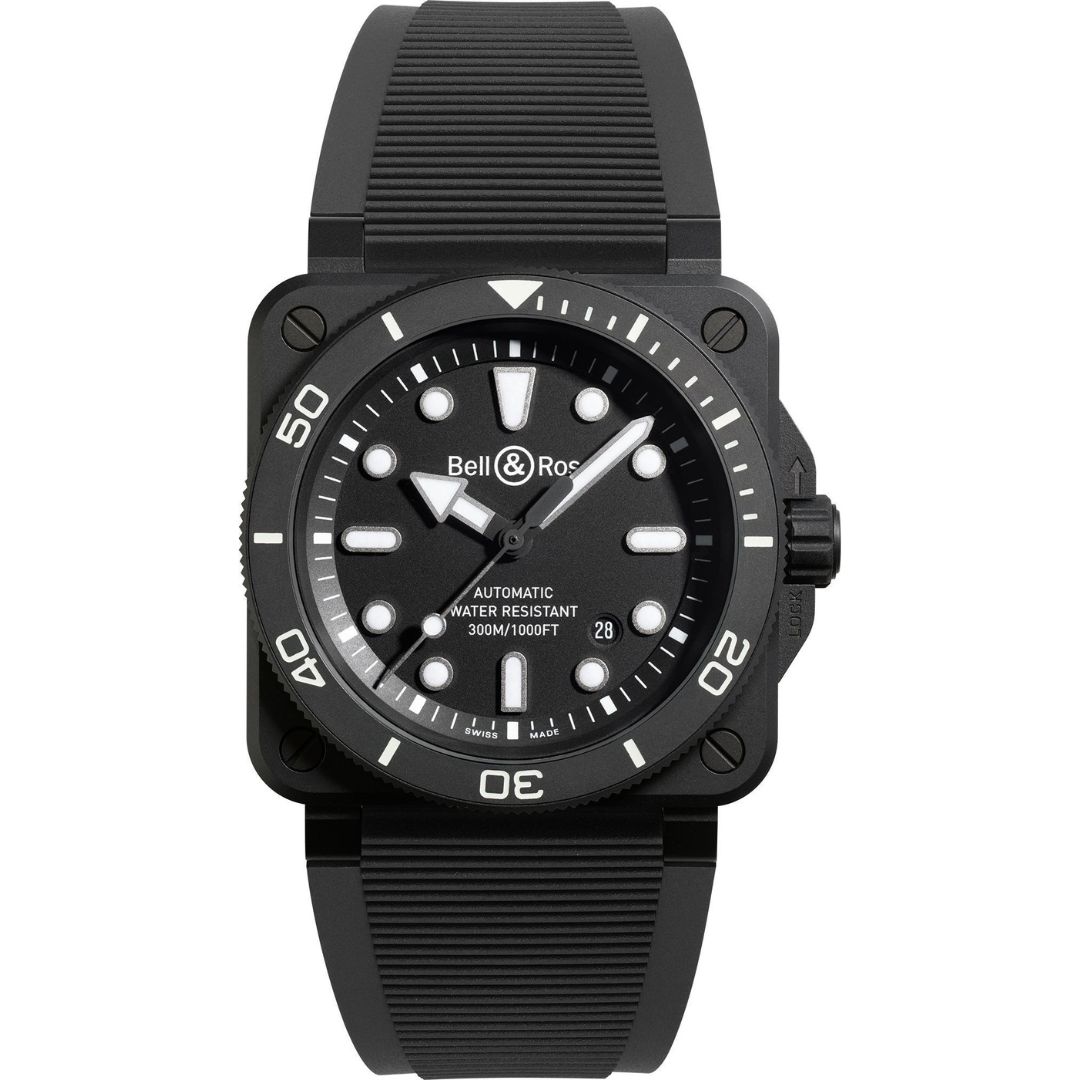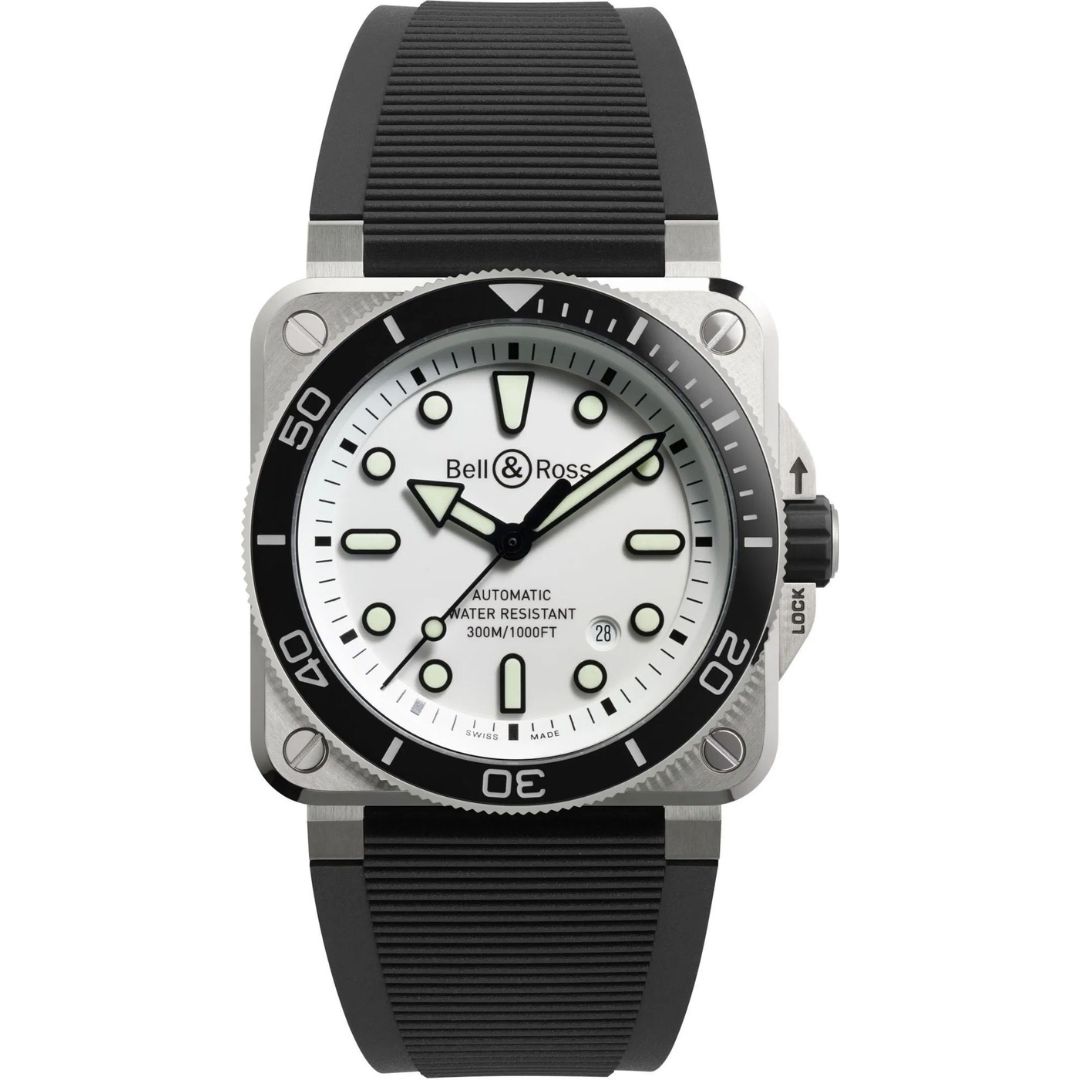The Complete Guide to Luxury Watch Water Resistance
 Water resistance is one of the most critical yet often misunderstood specifications in luxury timepieces. From elegant dress watches to professional dive instruments, understanding water resistance ratings helps protect your investment and ensures your watch performs as intended in various environments.
Water resistance is one of the most critical yet often misunderstood specifications in luxury timepieces. From elegant dress watches to professional dive instruments, understanding water resistance ratings helps protect your investment and ensures your watch performs as intended in various environments.
This comprehensive guide explores water resistance standards across luxury watch brands, explains what different depth ratings actually mean for wearers, and provides detailed specifications in an easy-to-reference table format.
Understanding Water Resistance Ratings
Water resistance in watches is measured in meters, atmospheres (ATM), or bars (1 ATM = 1.01325 bar). However, these measurements don’t directly translate to actual diving depths. The ratings represent static pressure tests conducted under controlled laboratory conditions, not accounting for movement, temperature changes, or other real-world factors.
Most luxury watch manufacturers follow the ISO 6425 standard for dive watches, which includes rigorous testing for water resistance, shock resistance, magnetic resistance, and strap/bracelet security. Non-dive watches typically undergo less stringent testing.
Luxury Watch Water Resistance Depth Specifications
The following table provides detailed water resistance specifications across various luxury watch categories, from dress watches to professional dive instruments:
| Water Resistance Rating | Equivalent Depth | Suitable For | Common Watch Types | Brand Examples | Maintenance Recommendations |
|---|---|---|---|---|---|
| 30m (3 ATM) | Splash resistant | Hand washing, rain | Dress watches, fashion watches | Patek Philippe Calatrava, Jaeger-LeCoultre Master Ultra Thin | Avoid submersion, check gaskets annually |
| 50m (5 ATM) | Shallow water | Swimming, showering | Sports watches, everyday wear | Rolex Oyster Perpetual, Omega Constellation | Pressure test every 2 years |
| 100m (10 ATM) | Recreational swimming | Snorkeling, surface swimming | Sports watches, entry-level dive watches | Tudor Black Bay, Breitling Colt | Service every 3-4 years |
| 200m (20 ATM) | Professional swimming | Scuba diving (recreational) | Dive watches | Rolex Submariner, Omega Seamaster | Full service every 5 years |
| 300m (30 ATM) | Professional diving | Free diving, scuba diving | Professional dive watches | Omega Seamaster Planet Ocean, Blancpain Fifty Fathoms | Helium valve maintenance if equipped |
| 600m+ (60 ATM) | Saturation diving | Commercial diving, saturation diving | Extreme dive watches | Rolex Sea-Dweller, Omega Seamaster Ploprof | Professional servicing required |
| 1000m+ (100 ATM) | Professional saturation diving | Deep sea exploration | Experimental/limited edition dive watches | Rolex Deepsea, Hublot Oceanographic 4000 | Specialized service centers only |
Key Factors Affecting Water Resistance
Several engineering elements contribute to a watch’s water resistance:
- Case Construction: Monobloc cases offer superior resistance to screw-back cases
- Gaskets: High-quality rubber or silicone seals around the crown, case back, and crystal
- Crown System: Screw-down crowns provide better protection than push-pull crowns
- Crystal: Thicker sapphire crystals withstand greater pressure
- Helium Escape Valve: Essential for saturation diving watches
Brand-Specific Water Resistance Technologies
Rolex: The Triplock crown system with triple waterproofness seal and Ringlock system in Deepsea models
Omega: NAIAD LOCK caseback system and patented liquidmetal gaskets in Seamaster models
Breitling: SuperQuartz™ movements with superior sealing in their Superocean Heritage line
Panerai: Lever-operated crown locking mechanism in their Luminor series
Maintaining Water Resistance
Water resistance degrades over time due to:
- Gasket deterioration from UV exposure, chlorine, or saltwater
- Case deformation from impacts
- Crown thread wear from frequent adjustments
- Temperature extremes affecting metal components
To maintain your watch’s water resistance:
- Rinse with fresh water after saltwater exposure
- Avoid pressing buttons or adjusting crowns underwater
- Have pressure tests performed during regular servicing
- Replace aging gaskets proactively
- Avoid extreme temperature changes
Myths About Watch Water Resistance
Myth 1: “My 100m watch can go 100 meters deep” – In reality, the dynamic pressure from arm movements means 100m rating is suitable for swimming, not deep diving.
Myth 2: “Water resistance lasts forever” – All watches lose resistance over time as gaskets degrade.
Myth 3: “More water resistance is always better” – Higher resistance often means thicker, heavier cases unsuitable for dress occasions.
Understanding your luxury watch’s water resistance capabilities is essential for proper care and usage. While modern timepieces offer impressive technical specifications, regular maintenance remains crucial to preserve these capabilities over decades of ownership. Always consult your manufacturer’s guidelines and consider your actual needs when selecting a water resistance level.
Remember that water resistance ratings represent laboratory conditions – for actual water sports, choose a watch rated for significantly greater depths than you plan to encounter. With proper care, a quality luxury watch can maintain its water resistance for generations.


































